
«Make something which cannot ’perform’ without the assistance of its environment», står det å lese i et statement kunstneren Hans Haacke skrev i 1965. Den gang handlet det om kunsten forstått som fysisk system, som en prosess der ulike fysiske og biologiske elementer interagerer med hverandre. Verkets bestanddeler og utforming var valgt med henblikk på samspillet med omgivelsene, for eksempel temperaturen eller publikums bevegelser. Bare få år senere, med datidens politisk turbulente offentlighet som bakteppe, forlot Haacke denne materialnære sfæren og ga seg til å adressere en større sosial og politisk kontekst. Dette utvidede sosiale blikket på kunsten, gjerne omtalt som «institusjonskritisk», er med tiden blitt emblematisk for kunstnerskapet. Likevel virker utsagnet fra 1965 fortsatt som en gyldig beskrivelse: Få har med like stor konsekvens viet seg til å undersøke og løfte frem strukturene som nettopp omgir og påvirker kunstens utøvere og institusjoner. «A remarkable ’eye’ for seeing the particular forms of domination that are exerted on the artworld», berømmer den franske sosiologen Pierre Bourdieu Haacke for, i en samtale med kunstneren i boken Free Exchange (1995).
Selv om Haackes kunstnerskap, som strekker seg over nærmere seks tiår, ikke lar seg oppsummere som en korreks til kunstinstitusjonen, synes det å avfortrylle kunstbefatningen som et gjennomgående siktemål. I utstillingen På sporet av Matisse på Henie Onstad Kunstsenter inngikk to verk av kunstneren – Manet-PROJEKT ‘74 og Seurat’s ”Les Poseuses” (Small Version) 1888-1975. Han var derfor en naturlig gjest da kunstsenteret inviterte til seminaret Looters, Smugglers and Collectors: Provenance Research and the Market den 29. oktober. Både utstillingen og seminaret tok utgangspunkt i forskning på kunstverks proveniens, altså eierskapshistorikk. De to verkene til Haacke er eksemplariske i så måte; her brukes kunstverket til å synliggjøre de sosiale og økonomiske båndene mellom kunstinstitusjonen og de eksterne interessene den står i samband med, med særlig fokus på kritikkverdige forhold rundt verkanskaffelser. Manet-PROJEKT ’74, ble sågar nektet vist av Wallraf-Richartz Museet da kunstneren presenterte forslaget sitt for museets ledelse for førti år siden. Og det er langt fra det eneste forslaget fra Haackes kant som har møtt motstand. Under sin show-and-tell på KORO den påfølgende mandagen etter seminaret, ga kunstneren også et innblikk i denne refusjonsporteføljen.

Haacke stilte seg generøst til rådighet for Kunstkritikk i det knappe vinduet mellom disse to opptredenene. I det følgende intervjuet snakker han blant annet om å jobbe med virkeligheten, kunstens funksjon i offentligheten og dens relasjon til markedet – og om å komme i berøring med rå nerver. Intervjuet er gjengitt på originalspråket.
Stian Gabrielsen: Let’s start with the works you are showing in the exhibition at Henie Onstad Kunstsenter. I thought it striking how the method you employ in the two works seems almost like a blueprint for the research project that this exhibition relates to. What does it signal when an art institution adopts such critical modes – as opposed to the artist doing it, to the dismay of the institution, as was the case when you did these works in the 70s?
Hans Haacke: It’s quite unusual. I cannot think of another institution that has done that – revealed the background, both literally (by showing the back of a painting) and what we call the provenance, in some instances also explaining the circumstances under which a work changed ownership.
Do you have any thoughts on what would prompt an institution to want to make the provenance of its collection transparent? Is this something you could see happening now with the institutions you implicitly criticized in the 70s?

No, I don’t expect this example to be followed widely. What seems to have triggered it in the case of the Henie Onstad Kunstsenter is the story of the Matisse. There are plenty of similar stories out there, where an institution may have become the owner of a work in ways that were a little shady, and it therefore doesn’t want to make the entire history known. This was definitely the case with the Wallraf-Richartz-Museum in Cologne in 1974, when I was invited to participate in the museum’s exhibition celebrating its 150th anniversary. I produced a work focusing on the biographies of the owners of Manet’s Bunch of Asparagus and the circumstances under which it changed ownership. The still life had been donated to the museum through contributions from 85 German corporations, under the leadership of Hermann Josef Abs, the chairman of the museum’s Board. At the time, Abs was probably the most powerful banker in West Germany. My laying out his substantial involvement with the Nazi regime was embarrassing and had the potential of souring relations with people the museum cared about. It so happened that six previous owners of the Bunch of Asparagus were Jewish and that it had therefore “emigrated” to Switzerland.
The sort of reactions that your provenance works were met with back then is not necessarily a thing of the past, then?
I would be surprised if it were. I guess a work like mine would be met with a reaction similar to the one I got in Cologne.

I’m curious about what motivated the shift from the types of works you made in the 60s, for instance Condensation Cube (1963-65) or Photo-Electric Viewer-Controlled Coordinate System (1968), to those more explicitly engaged with social issues in the early 70s?
Towards the end of the 60s, my generation became very politicized. The Vietnam War touched all families, especially those with draft-age members. It was a time of intense racial conflicts. Martin Luther King Jr. was assassinated. Coinciding with these events, a cultural revolution shook Paris. Campuses erupted in Europe and in parts of the US. A political awakening also occurred among artists in New York. It led to what became known as the Art Workers Coalition and the formation of other artist activist groups in the city and elsewhere. We organized demonstrations in museums with trustees who were associated with the policies of the Nixon administration and the Vietnam War; we demanded that artists of colour be included in exhibitions and collections, that more attention be paid to the work of women artists, and we called for acknowledging artists’ rights.
And this political awakening also brought about a shift in your approach to art making?
I had recognized that a good number of the things I was making could be understood in terms of Ludwig von Bertalanffy’s “General Systems Theory.” The condensation process is an example for such an open physical system. Similarly, in my works with plants and animals a great number of elements were physically and biologically interrelated and interacting with each other. As I became more politically engaged, I realized there were, of course, also social systems, complex interactions, often fraught with conflicts. Once I became aware of this, it would have amounted to self-censorship not to integrate the social and political into my work.
When you look at artists like Vito Acconci or Dan Graham, which were also part of the conceptual art scene in New York in the 70s, their work since then has become increasingly architectural, a turn that seems to stem from an interest in viewer interaction and an awareness of the spectator’s physical presence, which brings to mind some of your earlier work. What has held you from embracing architecture as a principle of making?

The spectator is implicated and does interact with and in a number of my works, although not in a way comparable to the architectural settings you cite. I have often used the historical patina of existing architecture and urban environments as material for temporary or permanent installations. The viewers/users, most of them not associated with the art world, were invited to get socially involved. Such works, in what is sometimes referred to as the “public arena,” have triggered a productive public debate, occasionally even at a national level. Some have been censored; one was even burnt down in Austria by a neo-Nazi.
Your work spans more than five decades, and has seemingly remained critically relevant up to the present; I’m still curious if there are any art historical moments during these years that you identify with more than others?

The late 60s and early 70s were an important period, and there was a time in the early 90s when a shift occurred in the US: artists tackled issues nobody had thought of or dared to get involved with before.
Do you see any similarities between these two periods?
In the late 60s and early 70s there was not much of an art market for younger artists. The same was true when repercussions of the Wall Street crash of 1987 hit in the early 1990s. For a few years, in galleries and for young artists, it didn’t matter as much what they were producing because collectors were not looking for promising investments; and so artists once again dared to make things they might not have done otherwise. The galleries, knowing they couldn’t sell much anyway, said “ok, then let’s show this.”
I know you have never exhibited at fairs, which signals a critical stance against the overtly commercial part of the art system, but do you see any fluctuation in the formats that you have employed as an artist over the years in terms of marketability?
I believe my sense of site specificity is not the specificity of the market.

You were trained as a painter, but you dropped that medium at some point, I’m guessing because you found it to be tethered to a spectrum of concerns that you weren’t that interested in pursuing. Any thoughts on the art world’s current obsession with painting?
I’m not principally opposed to painting. As you may know, I portrayed Reagan and Margaret Thatcher and also painted an industrial landscapes in the 80s. It’s quite possible there will be another occasion for me to think that painting is the best medium to address what I’m after. For me the medium itself can have a meaning.
In a foreword to a book published on the occasion of your 75th birthday you were described as ‘an artist of the real’; is that a fitting description?
I like to believe I’m dealing with the real world rather than engaging in navel-gazing art and avoiding the world we actually live in, which, to put it softly, is not all pervasively beautiful.
Would you agree that there is a dialectic in your work between a kind of beautifying approach and a focus on information value, where the works are so transparent that their beauty-value equals zero almost?
I’m a little worried by how you phrase it … you speak about a lack of beauty?

Wrong wording, I was trying for a segue. What I meant was that your work is sliding back and forth on an opacity scale: if you compare your Germania-installation at Venice in ‘93, for instance, with a work like Shapolsky et al. Manhattan Real Estate Holdings, A Real Time Social System, as of May 1, 1971, where you presented the dodgy goings-about of a property developer in New York in a very straightforward manner, the former comes across as more opaque, an invitation to project and interpret, while in the case of the latter the art work is more a means to provide access to certain information.
If we think in those terms, the approach I took in the works on the provenance of the two paintings exhibited at the Henie Onstad Kunstsenter, is perhaps comparable to Shapolsky et al. However, others, I believe, are equally connected with “the real world” and challenge false assumptions, not by providing detailed information but rather by creating a clash between symbols, metaphors and iconic representations that are rooted in our social and political present.
Any thoughts on how the art context influences the readability and accessibility of the information that you present to the audience?
Most if not all works I’ve produced were made for a particular context, both in terms of the configuration of the physical space where they were initially exhibited and the time and social environment in which it occurred, be it the context of a particular institution, a city or a country. As a result, these works resonate primarily in that context. When such works are taken somewhere else or exhibited at a later date, even in the same location, they generate a different response and often don’t touch a raw nerve as they did originally. But it can happen that, for unpredictable reasons, a work may gain a new topicality. All of a sudden, something one thought was of the past and done with, can trigger new and raw reactions. Let me stress: the reception of all art works changes over time. Aspects that initially may have caused consternation or even condemnation can contribute to their canonization only a few decades later. Of course, that is not peculiar to art works, it is a common social phenomenon.

Let me illustrate this with an example: in the early 70s all hell broke loose when the Tate exhibited a work by Carl Andre, even though Carl Andre is not an artist whose works touch raw nerves – I’m in no way implying a criticism of Carl Andre in saying that. At the time he developed the works for which the one at the Tate was an example, he was an active participant in the Art Workers Coalition (he still has strong political opinions today). Now, everybody is happy to exhibit his works and the public flocks to see them. Take the Dadaists: do they cause a ruckus today? Of course not. The New York Neue Galerie, a private museum, often exhibits works from Austria or Germany of the early 20th century, which, at the time they were made, were very controversial, for example a series of harrowing prints by Otto Dix. In 2006, Ronald Lauder, the owner of the Neue Galerie and US ambassador to Austria under Ronald Reagan, paid $135 million for a Klimt. The audience loves what’s on Lauder’s walls. It would be interesting to know more about what’s encoded in Rembrandt’s Night Watch, what it meant to people in Amsterdam in the mid-17th century.

This year’s Venice Biennale includes a survey of the poll-works you have been doing since the 70s, in addition to a new one made specifically for the biennale. These polls are designed to gather information about people’s sociocultural background, political attitudes etc. What do you now know about your audience?
In many cases these polls are not just of my audience but the visitors of contemporary art exhibitions in general. For instance, at the Venice Biennale, the participants in my poll did not specifically come to see the room of my Anthology of Polls. Some get intrigued and choose to respond. None of the twenty questions I posed refer to my own work: about ten are of a demographic nature, such as the visitors’ level of education, their age, religious affiliation, gender, and income level; the others are about issues that are being debated either in the art world context of today or in the world at large. On the one hand, I learn something about the audience. But just as important: since the results are presented in the exhibition while the visitors are participating in the poll they are, in effect, publically producing a self-portrait. They learn what kind of social group they are a part of, how that group may differ from other groups, and what effect it could have if and when it gets involved. The “hallowed halls” of art don’t strip us of our citizenship.
Has this information in any way gone back into your thinking process as an artist and had an effect on the works you make, they being so context sensitive?
I don’t think of my polls as audience research of the kind an advertising or marketing enterprise would do.

That wasn’t really what I was accusing you of (both laugh). I know you don’t like to think of your work as overtly political, but you can perhaps still agree that it is partially intended to bring awareness to certain issues in “the real world”. To what extent would the information you have about your audience be something that feeds back into the process of conceiving these works?
Consciously, I don’t do that. Most of us, when we speak to somebody, we have certain assumptions about that person, whether they understand what we are talking about and how they might react. And so, in a rather natural way, such tacit assumptions may effect how I go about things.
The notion of demographic awareness is perhaps more relevant when we talk about your works in the public sphere, because there you have an accidental audience as well, someone less familiar with the idiom of contemporary art. Is your work for public spaces conceived differently than your work for art-institutional venues?
Not that I’m aware of. But, as I said earlier, I usually consider the particular context in which people encounter the work. In the “public arena,” the media occasionally serve as an extension of the work; they may give it an impetus or an interpretation it might not have had otherwise. Of course, the media’s response is influenced by their own ideological bent.
We talked about education levels; does the group you have charted show similar political attitudes too?
In Venice, I was actually very surprised. I was present only for the installation and the opening week, when the visitors were predominantly people related to the art world. Later, a more general public came, including school classes. What surprised me was that the percentages of answers in the opinion sections of the poll changed only marginally over the six months of the Biennale.
Can you elaborate?
One of my questions was, in essence, “do you think the unequal distribution of wealth in the world is destructive and needs to be corrected – or do you think unrestricted accumulation of wealth is a human right?” The concept of freedom is a big issue, particularly in discussions of inequality in the US. The overwhelming majority of the respondents, right from the beginning, was clearly in favour of a redistribution of wealth, even though the art world is connected with relatively wealthy people. I was struck by this response. But I knew from previous polls that a good number of wealthy art world people are comparatively liberal. Of course, when I read about auction prices and the effect the art market has on what artists produce, I often wonder …

Back to the problem of art in the public sphere. You had a piece put up in London on the so-called fourth plinth on Trafalgar Square: Gift Horse, a sculpture of a horse skeleton adorned with a ribbon that displayed stock prices from the London Stock Exchange broadcast live. You have refrained from providing a statement of intent, which is an obvious thing for an artist to do. At the same time, the concerns you have voiced in writing through the years doubtlessly effect the way your work is received and interpreted. Is there a conflict of interests here, in being both a provider of political discourse and someone who makes art?
Journalists and others often ask me what Gift Horse means. I always say, “you figure it out. I don’t like to tell you what to think.” I never say: “you should think …” “you better …” (laughs). I usually don’t provide information about the background to a work when (and where) it is first shown, and only offer some background information when it is presented in a different context and to an audience that lacks the site-specific knowledge of its original audience. Most likely, the people on Trafalgar Square haven’t read what I have been pontificating about in the past. That’s probably also true for the journalists who are normally not addressing an art audience.
From the early 70s and onward it’s evident that your work has been inspired by the social sciences. In the case of the polls you have even adopted a methodology associated with research. How do you navigate the difference between social science and art as such?
Of course, the two have different goals and approaches. I have no training as a social scientist or a pollster and, obviously, conduct my polling in an amateurish manner. Having read some of Pierre Bourdieu’s and Howard Becker’s writings and having met them has not only been very enjoyable but also helped me a lot. Transcripts of some of our conversations have even been published. But I don’t claim any sociological expertise, nor do I have a bookcase full of sociological treatises. I’d be curious to hear from people who do this professionally about how they evaluate the data of my polls – the recent one at the Venice Biennale attracted 22,352 participants. Unfortunately, the Biennale only knows the number of tickets sold to enter the Giardini and the other official locations of the exhibition. No numbers are available about people who visited the Central Pavilion, where they could have come across my questions.

I read somewhere that you are one of very few artists who use the Artists’ Reserved Sales and Transfer Agreement. Among other things it gives you the right to veto a work’s inclusion in a public exhibition, which is a rare thing for an artist to have the power to do. Have you ever used it, and under what conditions would you?
Yes. I have kept a work out of an exhibition that was sponsored by a corporation and an industry that I didn’t want to be associated with. I can veto the inclusion of my work if the exhibition in question has a theme or a curatorial approach I object to. It’s a case-by-case decision. However, if a museum wants to show a work merely as part of its collection, the contract doesn’t require my input.
Do you have any thoughts on the market’s increased presence as a determining factor in the art world and how this interferes with artists’ possibilities of controlling the conditions under which their work is displayed?
Before trying to answer that, let me mention that this contract was designed in 1971 by Seth Siegelaub and Robert Projansky. It was not invented by me. Both had connections to the Art Workers Coalition and related activist groups. Aside from the clause we discussed, another important feature of the contract is that, in the case of a resale, the collector has to pay the artist 15 per cent of the profit if the work is sold for more than the price of its original acquisition. The new owner also must enter into the agreement with the artist. There’s no question the contract does not promote sales (laughs). I’m sure that is one of the reasons why only a few artists have adopted it. I am stubborn – and I was lucky to have had a teaching job and therefore was not dependent on the sale of my works simply to pay the rent. With many collectors – and therefore also many galleries – this contract is not very popular. That poses a problem for young and “un-established” artists if they want to use it. It can mean fewer opportunities to exhibit and sell their works and, as a consequence, to reach a public.

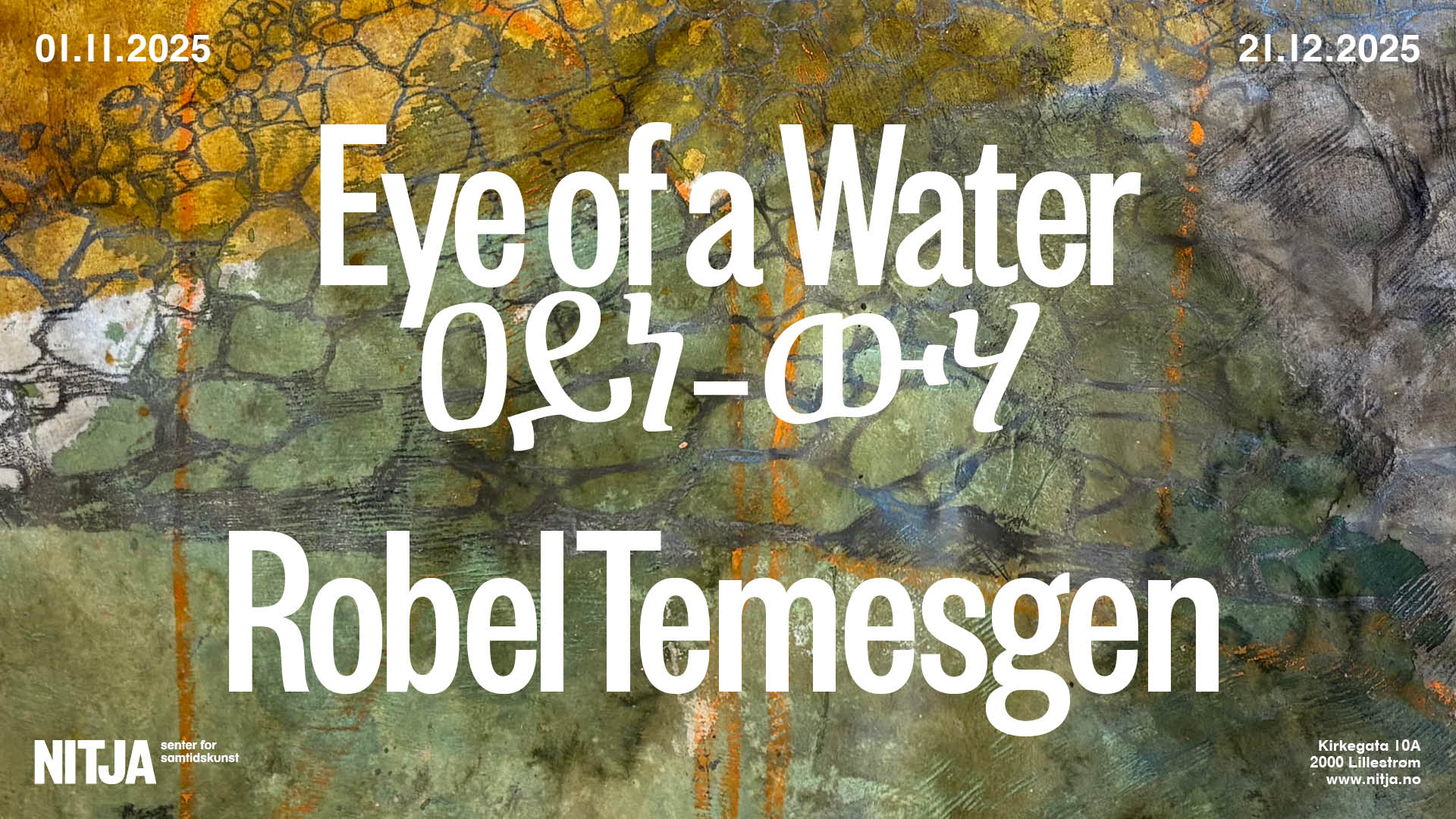


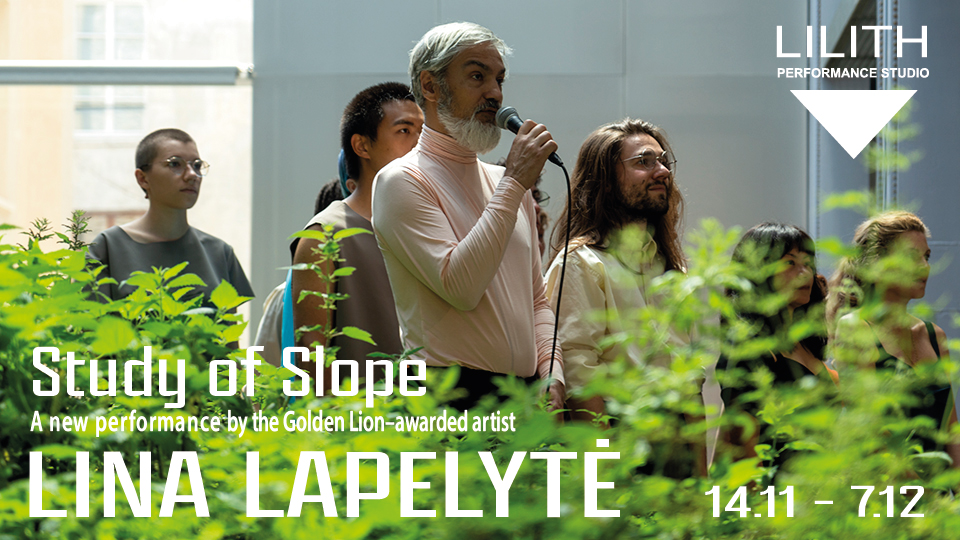
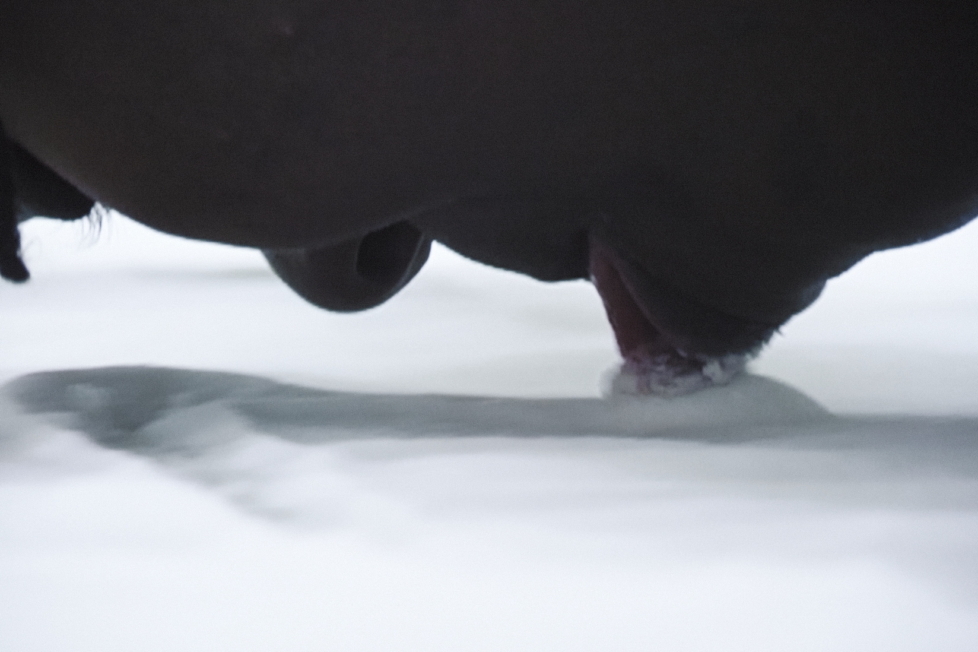
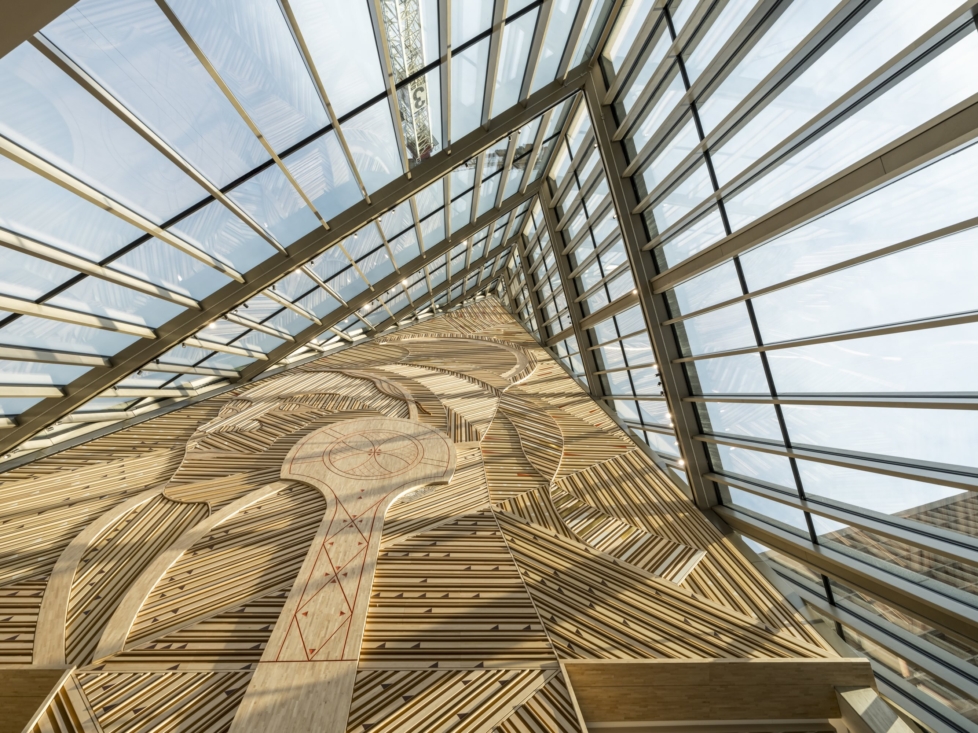
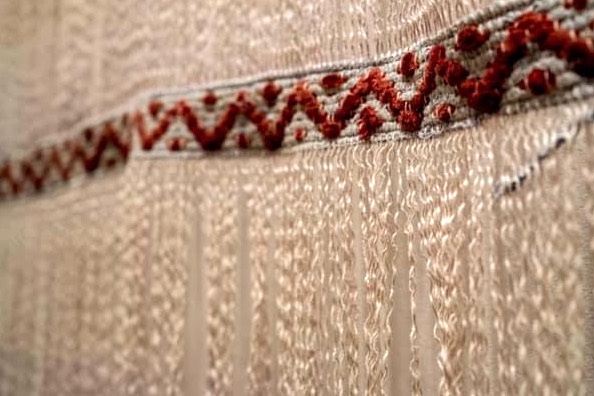
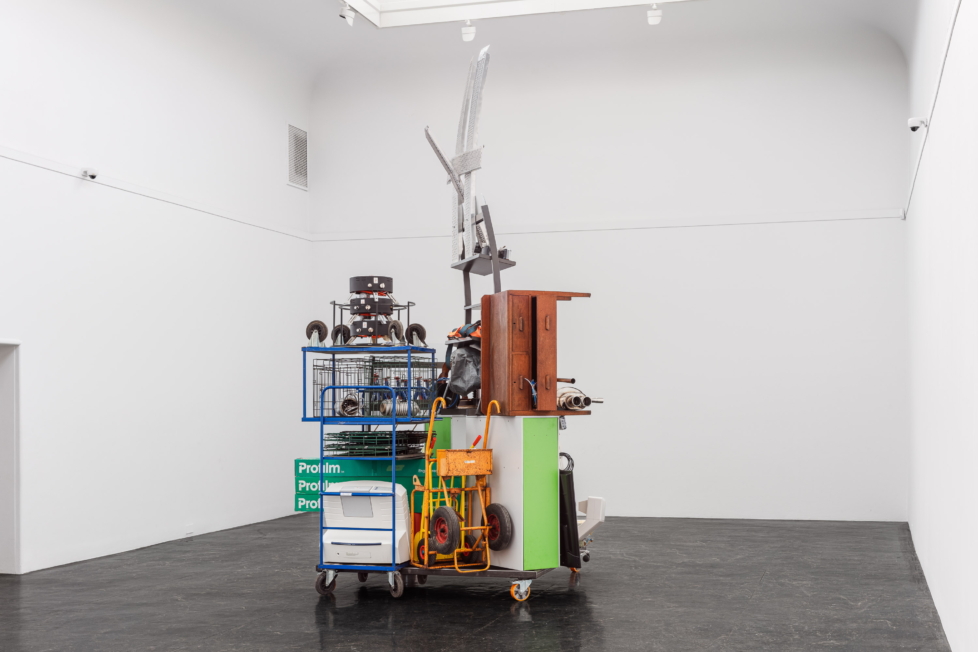
Diskussion